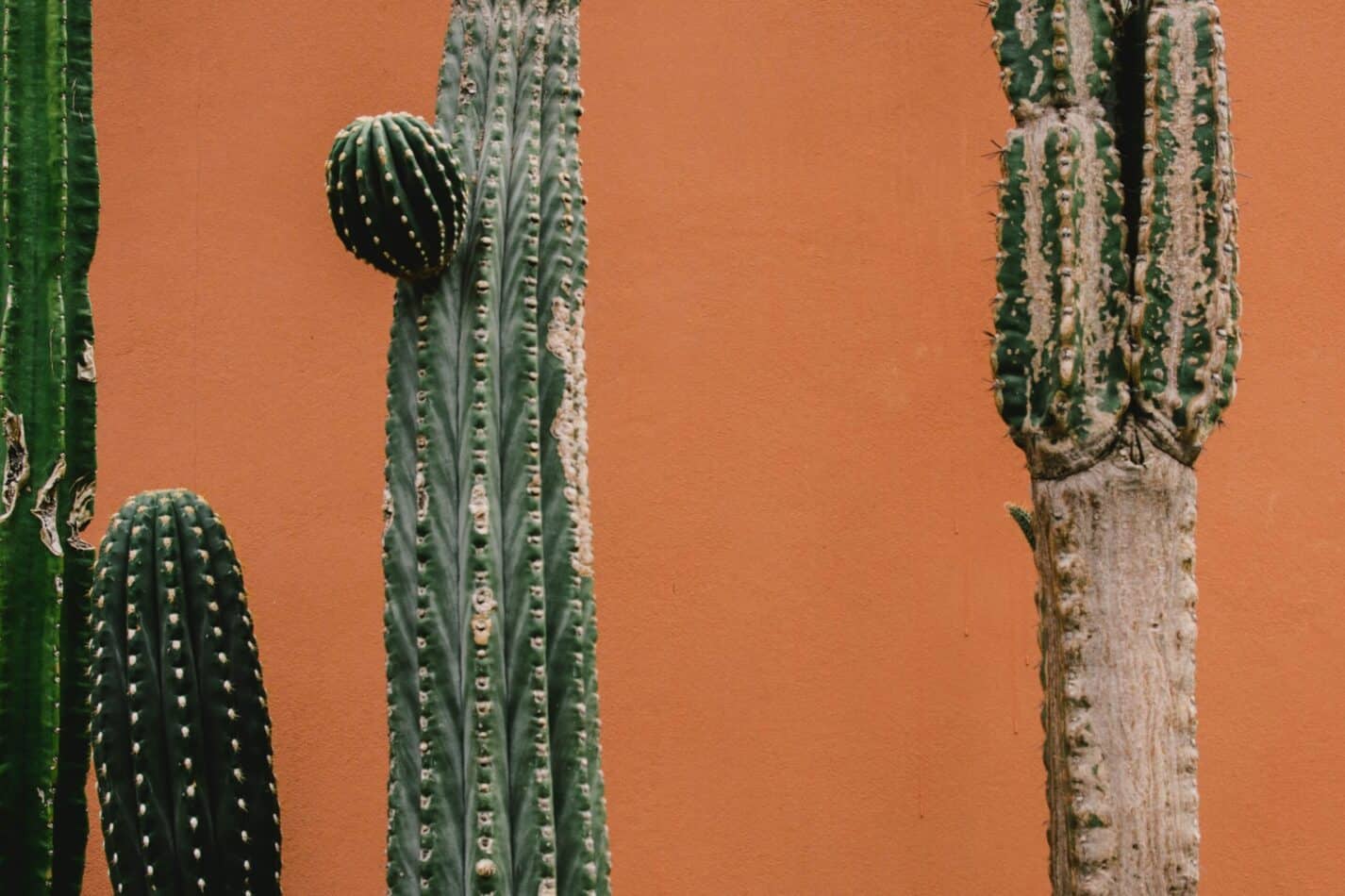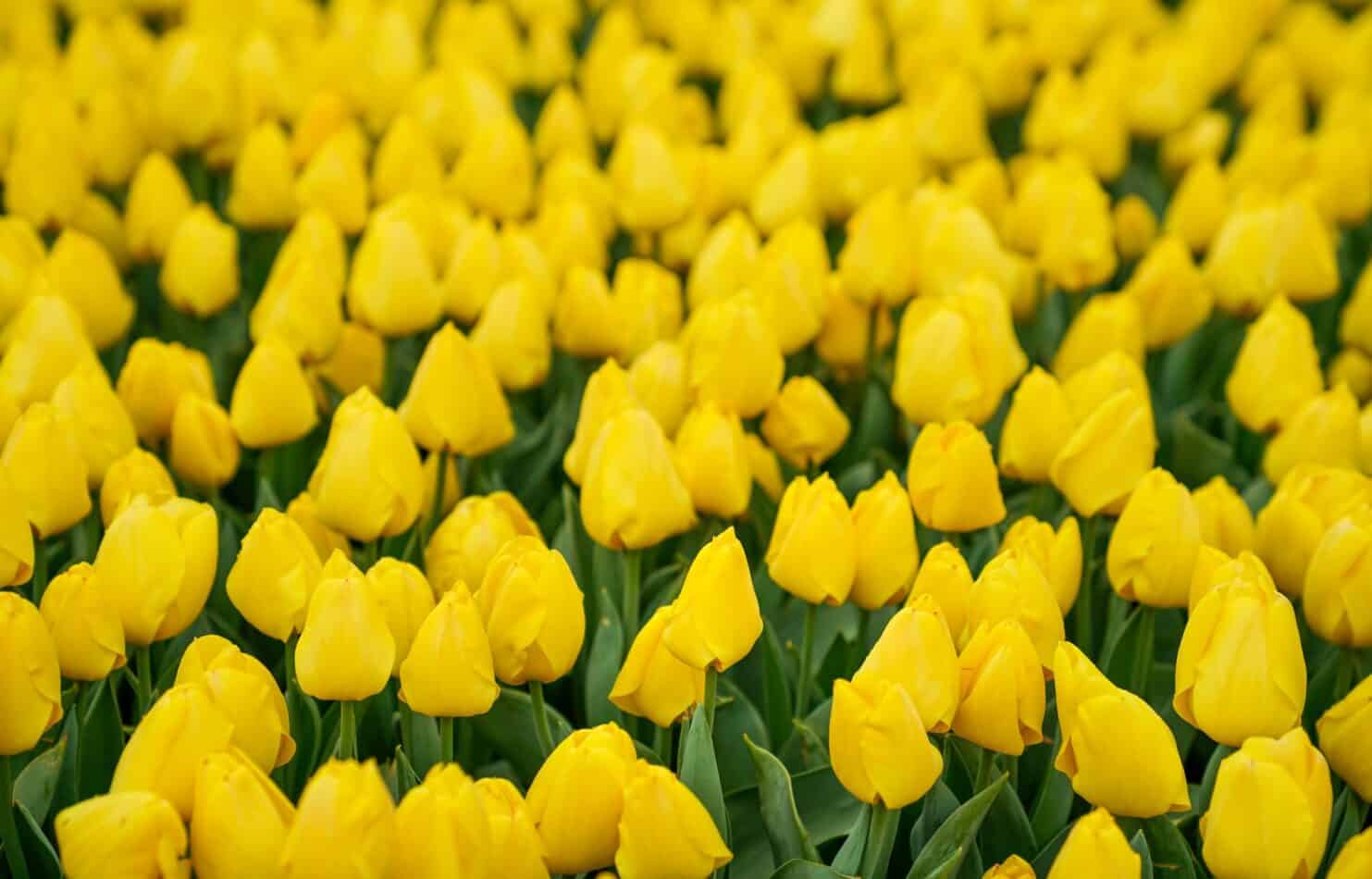Cacti are renowned for their extraordinary ability to thrive in arid and harsh conditions, but they are also renowned for their captivating beauty. With their stunning shapes, vibrant colors, and intriguing textures, cacti have become popular additions to homes and gardens worldwide. In this article, we will explore the top 9 most beautiful cactus varieties and their unique characteristics that make them stand out.
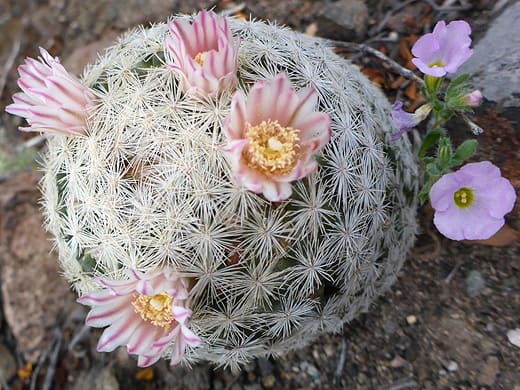
- Echinocactus grusonii (Golden Barrel Cactus): Known for its striking golden spines, the Golden Barrel Cactus is a spherical beauty native to Mexico. It forms a symmetrical shape and can reach impressive sizes. This cactus thrives in full sun and requires minimal water, making it an excellent choice for xeriscaping.
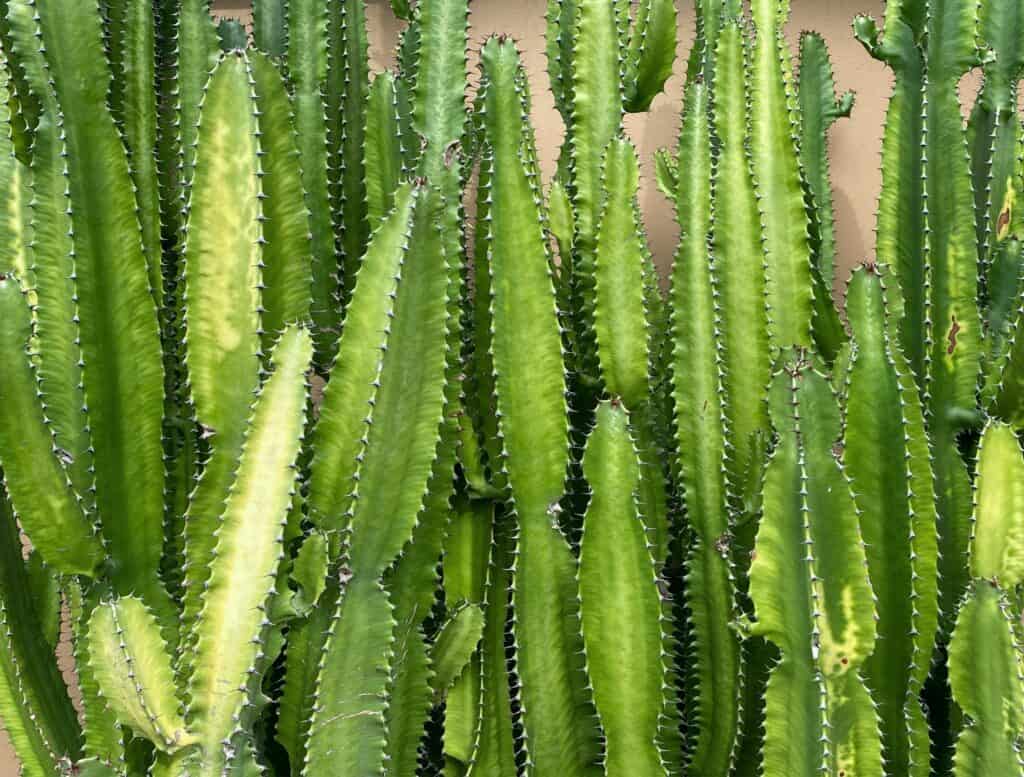
- Opuntia microdasys (Bunny Ears Cactus): The Bunny Ears Cactus derives its name from its appearance, which resembles the ears of a cute bunny. This cactus features flat, oval-shaped pads covered in tiny spines called glochids. These glochids can cause skin irritation, so handling with care is advised. The Bunny Ears Cactus produces vibrant yellow flowers during the blooming season.
- Mammillaria elongata (Ladyfinger Cactus): With its elongated cylindrical stems, the Ladyfinger Cactus is an elegant and charming species. Native to Mexico, this cactus boasts clusters of white or pink flowers that contrast beautifully with its green stems. It is a popular choice for container gardening due to its compact size.
- Gymnocalycium mihanovichii (Moon Cactus): The Moon Cactus is a visually stunning and unique variety that lacks chlorophyll, giving it vibrant colors like red, pink, orange, or yellow. It is often grafted onto another cactus species to obtain the necessary nutrients. This small, globular cactus adds a touch of vibrancy to any indoor space.
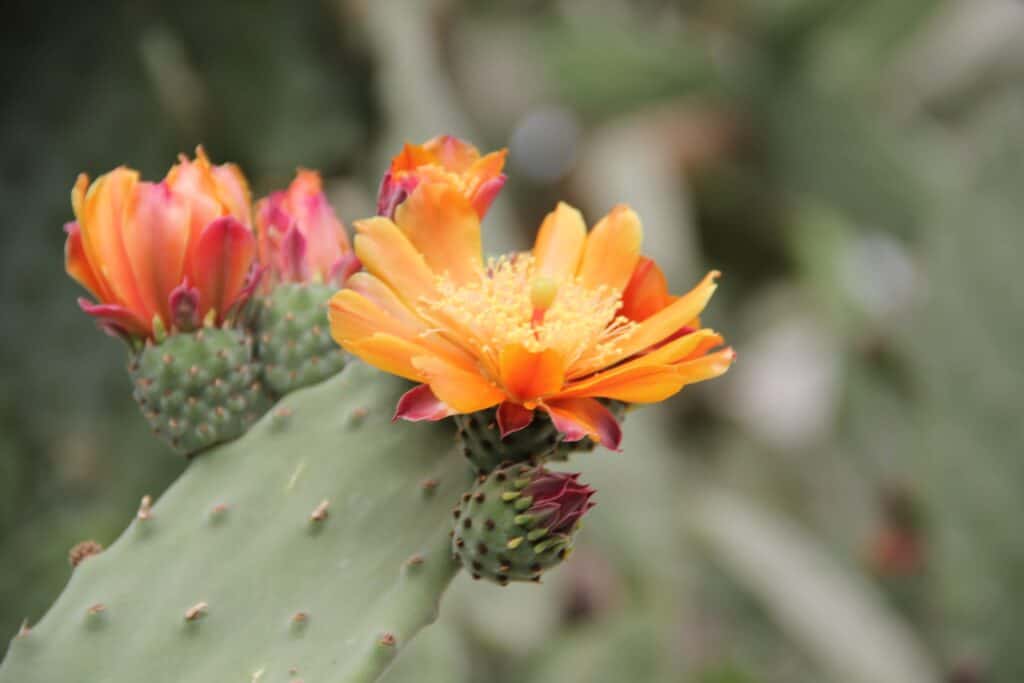
- Astrophytum asterias (Star Cactus): Featuring mesmerizing patterns on its flattened, star-shaped body, the Star Cactus is a true natural wonder. It exhibits distinct markings resembling white or yellow lines that cross the entire surface, giving it a celestial appearance. This slow-growing cactus requires bright light and well-draining soil.
- Echinopsis chamaecereus (Peanut Cactus): The Peanut Cactus, named after its shape resembling a cluster of peanuts, is a delightful and low-maintenance variety. It produces stunning red, orange, or yellow flowers that bloom abundantly, adding a pop of color to any cactus collection.
- Parodia magnifica (Ball Cactus): The Ball Cactus is characterized by its spherical shape and dense spines that create a visually appealing texture. Native to South America, it showcases bright yellow flowers on top of the cactus during its flowering season. This cactus is an eye-catching addition to rock gardens or desert-themed landscapes.
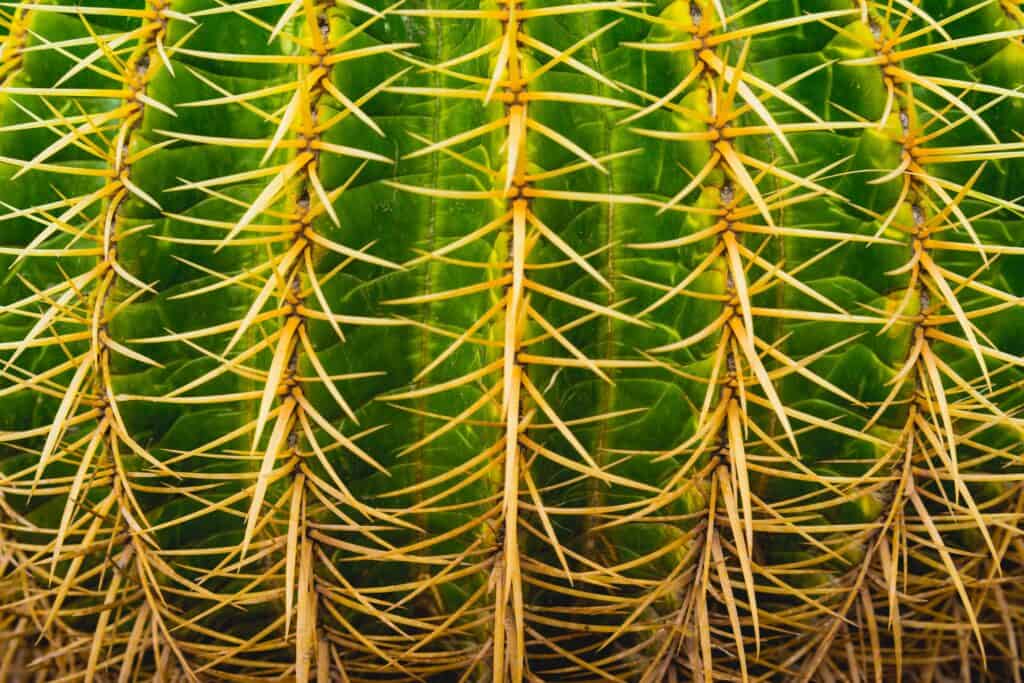
- Echinocereus triglochidiatus (Claret Cup Cactus): The Claret Cup Cactus, also known as the King’s Cup, is admired for its stunning, deep red to orange-red flowers. These vibrant blossoms form a crown atop the cactus during spring, attracting pollinators such as hummingbirds. It is a hardy cactus that can tolerate extreme temperatures.
- Rebutia albiflora (Snowball Cactus): The Snowball Cactus is a small, globular species that showcases clusters of delicate white flowers, resembling fluffy snowballs. Originating from Bolivia, this cactus thrives in well-draining soil and prefers bright indirect light. It is a charming addition to any
Five Secrets to Make Cacti Thrive
Cacti are renowned for their ability to survive in harsh desert environments, but providing the right care and conditions can help them thrive and display their full beauty. Here are five secrets to help your cacti thrive:
- Adequate sunlight: One of the key factors in cactus care is providing ample sunlight. Most cacti require bright, direct sunlight for several hours a day. Place your cacti near a south or west-facing window where they can receive maximum sunlight. If outdoor conditions permit, you can also move your cacti outdoors during the warm months to give them even more sunlight.
- Well-draining soil: Cacti prefer soil that drains well to prevent root rot. Use a specialized cactus or succulent potting mix or create your own by mixing regular potting soil with sand or perlite to improve drainage. Ensure that the pot has drainage holes to allow excess water to escape.
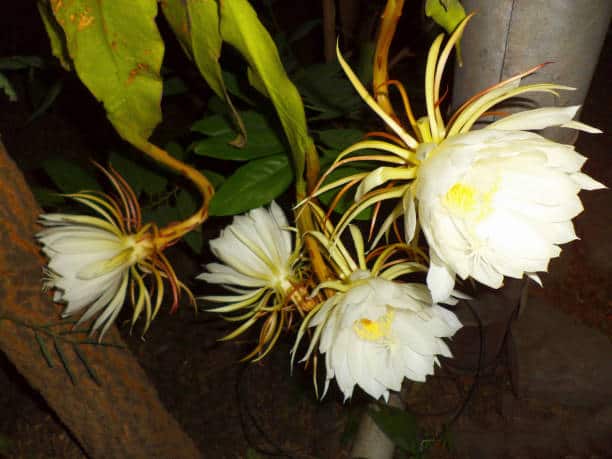
- Water sparingly: Cacti are adapted to survive in arid conditions with minimal water. Overwatering is one of the most common mistakes in cactus care. Water your cacti thoroughly but infrequently, allowing the soil to dry out completely between waterings. The frequency of watering depends on factors such as temperature, humidity, and the specific cactus species. During the winter months, reduce watering as cacti enter a dormant period.
- Temperature and humidity: Most cacti thrive in warm temperatures ranging from 70°F to 90°F (21°C to 32°C). However, they can tolerate a wide temperature range. Avoid exposing them to sudden temperature fluctuations or drafts. As desert plants, cacti prefer low humidity environments. If you live in a humid area, provide good air circulation or use a dehumidifier to maintain optimal conditions.
- Seasonal care: Cacti have specific seasonal needs. During the active growing season in spring and summer, cacti benefit from regular fertilization. Use a balanced, water-soluble fertilizer formulated specifically for cacti, following the instructions on the package. In the dormant winter months, reduce watering and avoid fertilizing. Cacti require cooler temperatures and reduced moisture during this period.

Bonus tip: Avoid excessive handling or touching of cacti, as some species have spines or glochids that can cause irritation or injury. Use protective gloves or tools when necessary.
By following these secrets to cactus care, you can create an environment in which your cacti will thrive, displaying their unique beauty and resilience. Remember to research the specific care requirements of each cactus variety you own to ensure their individual needs are met.
What we love from Amazon this week
Buy these wonderful flowers directly from Amazon:


